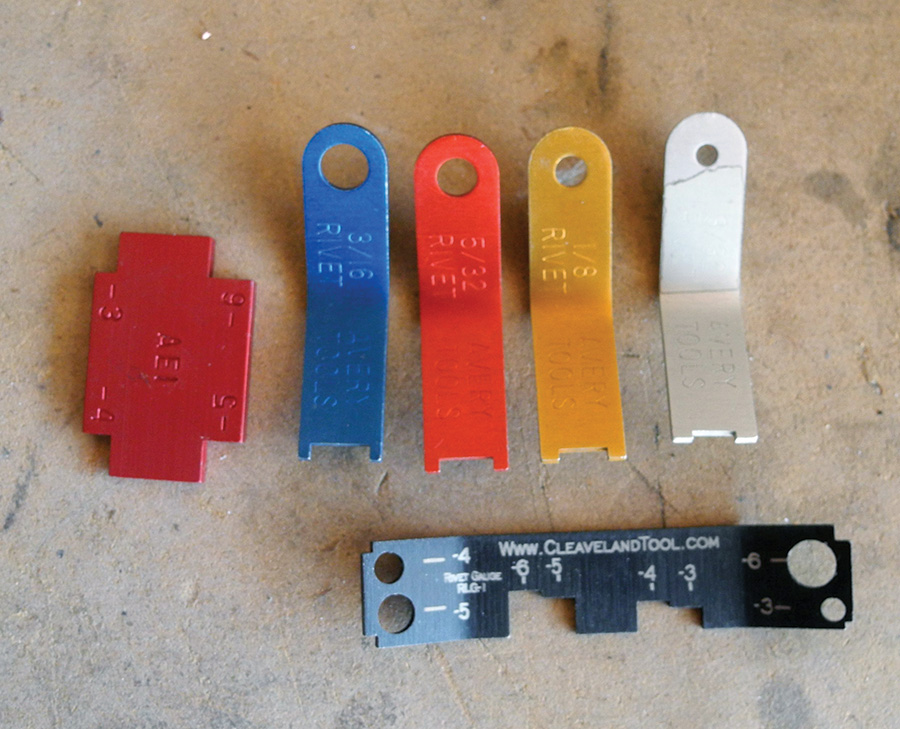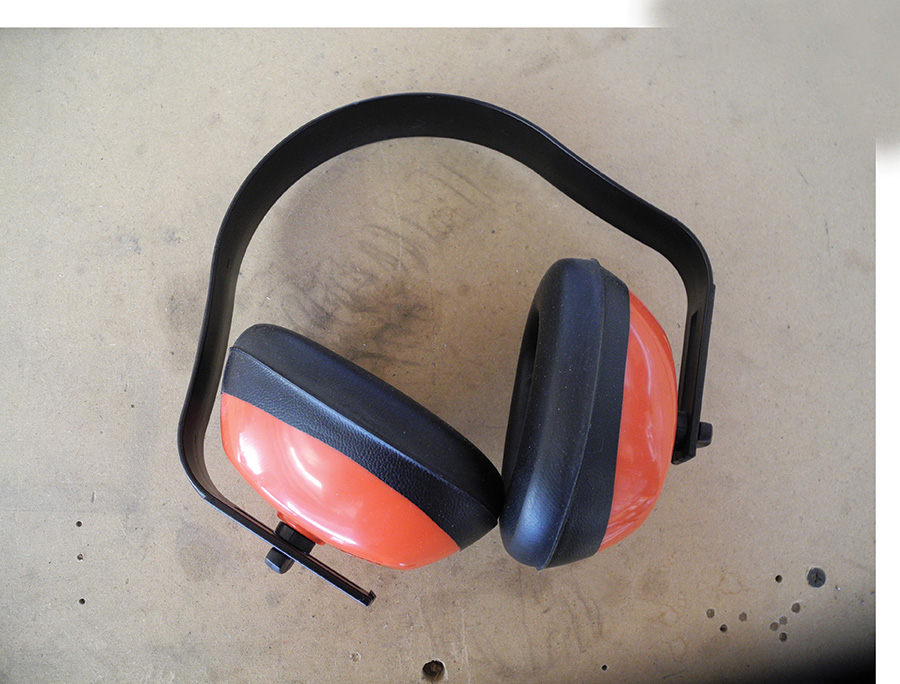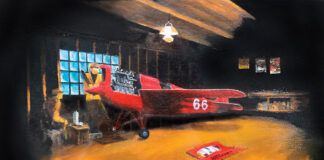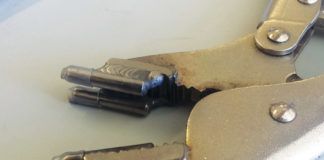I was a professional auto mechanic for 10 years. When I was a kid, I fixed radios and TVs. I built my first computer terminal. In all that time, nothing prepared me for metal working with aluminum, especially how to rivet. I thought, how hard can that be? Poking holes, cleaning them up a bit, dimpling the metal for a smooth fit, and squeezing or bucking a small aluminum rivet. Easy, right? Well, after a terrible start and a few expensive mistakes, I went over to my friendly A&P and we had a nice chat. I still make a few mistakes, but his advice worked wonders for me. Now I’ll pass along some of that advice and add a bit of my own.
Here are my tips for sheet metal riveting:
1. Learn how to rivet with a practice kit. The best riveting practice kits I found are at www.vansaircraft.com. On their web site, choose “Order” then “Parts and Accessories” and search for “practice project.”
2. When deburring with a manual deburring tool, a turn or a turn and a half is all you need. Deburring is not countersinking.
3. Measure your rivets before and after setting. After you squeeze or buck a few thousand times, you may feel you no longer need to measure your work, but I have seen many projects where the quality of riveting goes from fair to good and then back to fair again.
4. When shooting rivets with a rivet gun, be sure to check the air pressure when you change rivet sizes. When moving between different rivet sizes and types, we often fail to do this.
5. Learn how to drill out bad rivets. Get an experienced builder to show you how and practice until you are confident with your work. A bad rivet removal will be very hard to fix. Drilling out rivets is a skill we all need.
6. When using a rivet gun and bucking bars, be sure the bucking surfaces are clean, smooth, and free of all debris, including tape, paint and Pro-Seal.
7. Always wear hearing protection, even for just one rivet. Hearing protection is cheap, so buy a few sets and have them around the shop. This can also be useful when friends drop by and say, “What are ya working on?” You can say, “Here, put these on and come over here…”
8. Get more than one microstop countersink cage. Have at least one each for #30 and #40 countersink cutters. You can buy used cages, but buy the countersink cutters new.
9. Buy an extra microstop countersink cage and cut away some of the lip. This will give you a cage that can be used in a very close area.
10. Finally, get a tungsten bucking bar. This will really improve the quality of your work. My tungsten bar is about 4 inches long by 1 inch wide and inch high, and I now use it for most of my work.
On a metal airplane, the quality of your rivet work is the most visible display of the quality of your build. Spend some upfront time practicing. Use a practice kit, or just work on scrap aluminum. Practice on different kinds of rivets and different lengths. Spend a little quality time learning how to drill out rivets. Your work will be rewarded with a beautiful and consistent airframe.

![]()
David Boeshaar is a systems analyst for corporate Disney. A former mechanic, teacher, and computer help desk guru at a major university, he is now building a Van’s RV-9A for fun with his brother-in-law. As the new guy in aviation, Dave has learned lots, both good and expensive, and hopes to pass along a little help to the builders coming up behind him.







